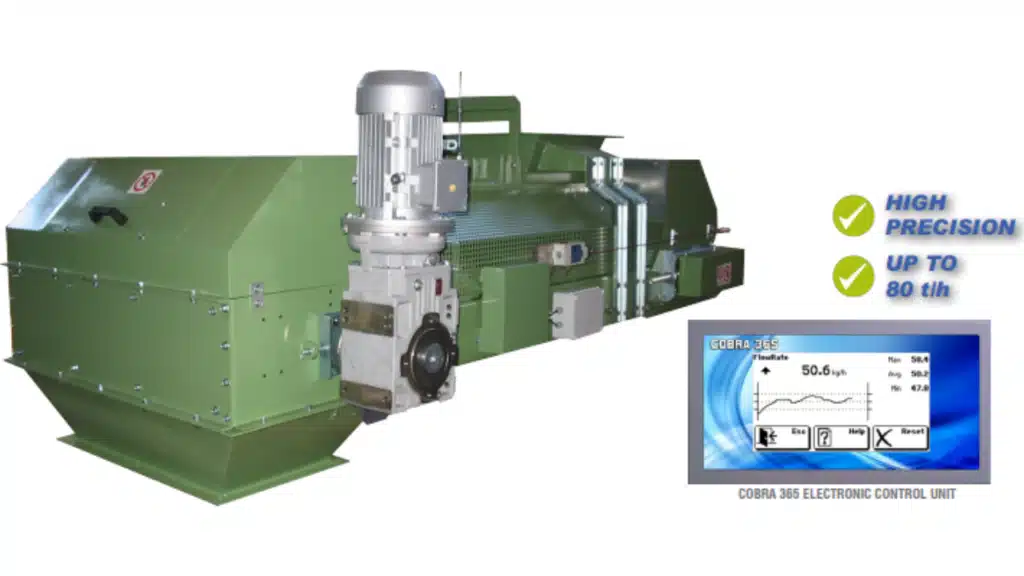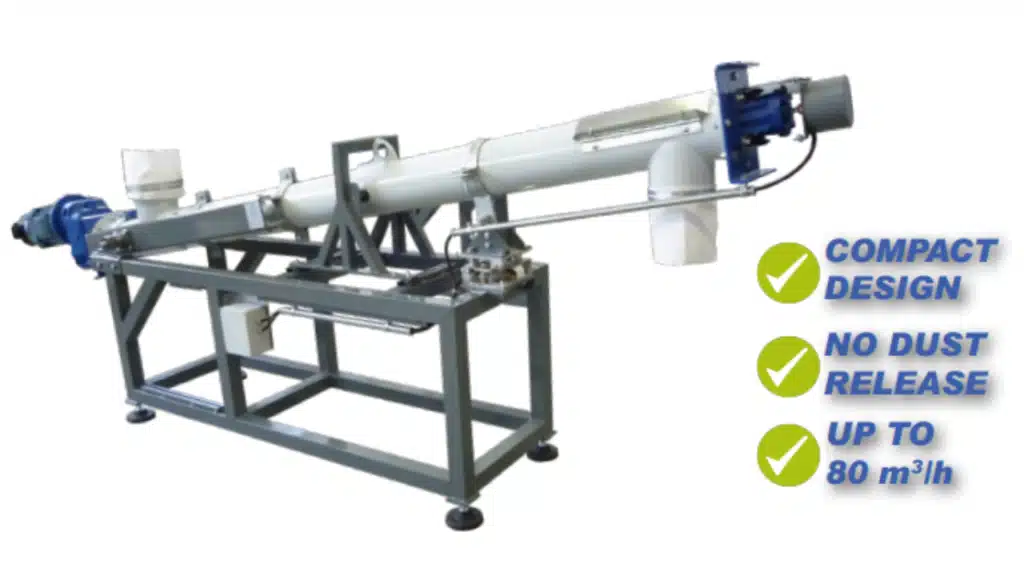A weighing feeder is a crucial component of many industrial processes, particularly in industries that involve the handling and processing of bulk materials such as mining, cement, food, and pharmaceuticals. It is a type of weighing system designed to accurately measure and control the flow of material, ensuring that a consistent and precise amount of material is transported or dispensed over time. This helps maintain product quality, control production rates, and monitor inventory levels.
Here’s an overview of how a weighing feeder weighing system works and its importance in industries:

Working Principle: A weighing feeder operates on the principle of gravimetric feeding, which means that it measures the weight of the material being fed to determine its flow rate.
The basic components of a weighing feeder system include:
- Conveyor Belt or Screw Feeder: This is the mechanism that transports the material from a hopper or storage container to the processing equipment. The conveyor belt or screw feeder is equipped with load cells that measure the weight of the material as it moves.
- Load Cells: Load cells are sensors that convert the weight of the material into an electrical signal. These cells are strategically placed beneath the conveyor belt or screw feeder to accurately measure the weight of the material being transported. Loadcell type and specification which used are based on the system requirement and environmental conditions.
- Controller: The controller can be a standalone unit or integrated into a larger process control system. Can be connected to PLC or SCADA System.
- Speed Sensor: In some weigh feeder systems, a speed sensor is used to measure the speed of the conveyor belt or screw feeder. This information, combined with the weight measurement, helps calculate the flow rate. Not used if the target setpoints are based on quantity.

Importance in Industries: Weighing feeder offer several benefits to industries:
- Accurate Material Control: By continuously monitoring the weight of the material being
transported, weigh feeders ensure accurate dosing and feeding, which is critical for maintaining consistent product quality. - Process Efficiency: Weigh feeders help optimize production processes by controlling the flow rate of materials. This prevents overfeeding or underfeeding, reducing waste and improving efficiency.
- Inventory Management: Industries often use weigh feeders to monitor and control inventory levels. The system can provide real-time data on material consumption, helping with inventory planning and management.
- Quality Control: In industries where precise ingredient proportions are important, such as food or pharmaceuticals, weigh feeders ensure that the correct amounts of each ingredient are added to the process, contributing to product quality and compliance.
- Cost Savings: Accurate feeding and reduced material waste lead to cost savings over time, as industries can optimize their material usage and minimize production inefficiencies.
- Regulatory Compliance: Weigh feeder systems are used to ensure compliance with regulatory standards by accurately measuring and recording material usage.
Overall, a weighing feeder system plays a crucial role in maintaining efficiency, accuracy, and consistency in various industrial processes. It enables industries to achieve better control over their material handling operations, leading to improved product quality and operational excellence.

